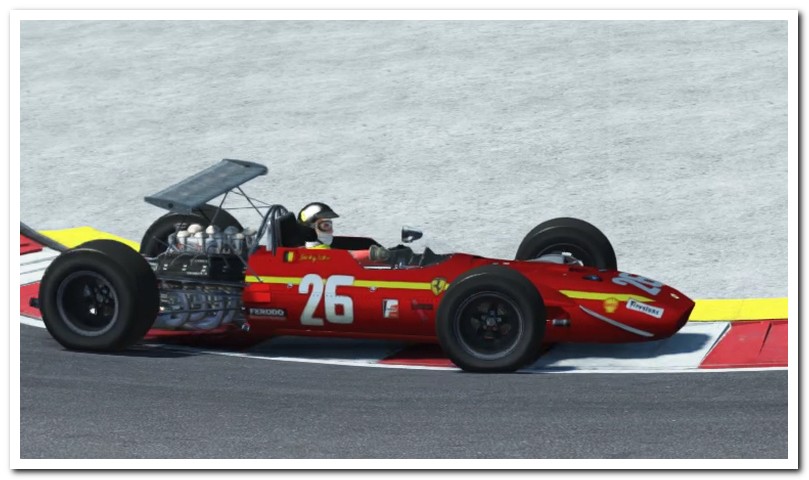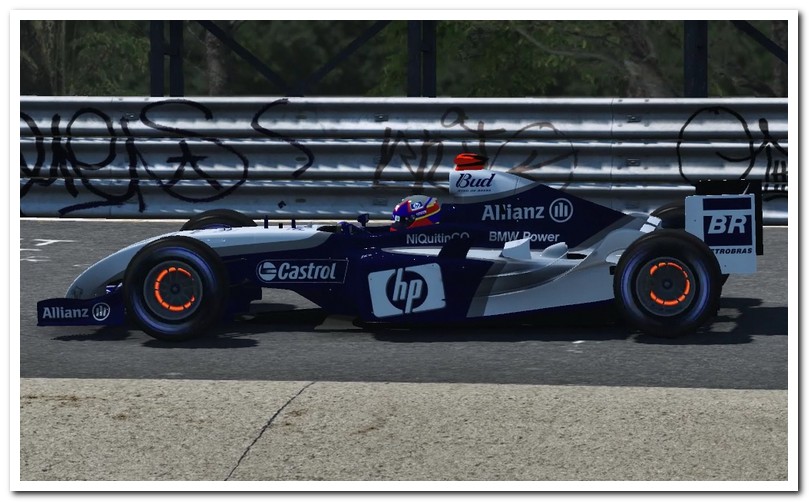If there is anything good in the current F1 2020 championship, is the new circuits, namely the “Autodromo Dino e Enzo Ferrari” (Italy), the “Autodromo Internacional do Algarve” (Portugal), and the “Intercity Istanbul Park” (Turkey).
Novelty is much needed. F1 has never been so full of young drivers, yet smelling of old déjà vu winners. Or winner, singular, such as been the boring, uncontested for tooooo long, dominance of Lewis Hamilton.
The wonderful Turkish track is a return, but it was missing from the official F1 calendar for so many years, that it feels like a debut. The Ferrari circuit is also no stranger to F1 (red) cars. In a way, the Portuguese track will be the completely new event.
I raced the Ferrari F1 1968 car around the Algarve track, in the RFactor 2 game. With no aids (no traction control, no braking assistance, no stability control), these 1968 cars are nearly impossible to control. They can be “driven” but never pushed to their real top performance levels, unless at least a bit of traction control is set on the game.
The 01:51:9xx lap that I am sharing, contrary to my usual, does use that bit of traction control (the minimum level). I could not approach the A.I. cars without such help. Even with TC on, I was 2 seconds adrift the top computer cars. If I was optimistic, I would say that if I practiced enough, I could null the difference in a few hours, but I value first impressions and my impression was that, with these cars and A.I. at 101%, TC is the only way to make the challenge feasible.
This left me wondering how hard these cars really were. I felt the Ferrari too nervous: not only small throttle inputs are enough to destabilize it out of control, but also small direction corrections can easily overcompensate and make the driver lose the car.
The video I am sharing lasts for more than the time of my recorded full lap (01:51:9xx), because it includes the start of a failed second attempt and a TV perspective of the whole event. I beached the Ferrari very early on the second lap, because of an unexpected car response out of a turn.





